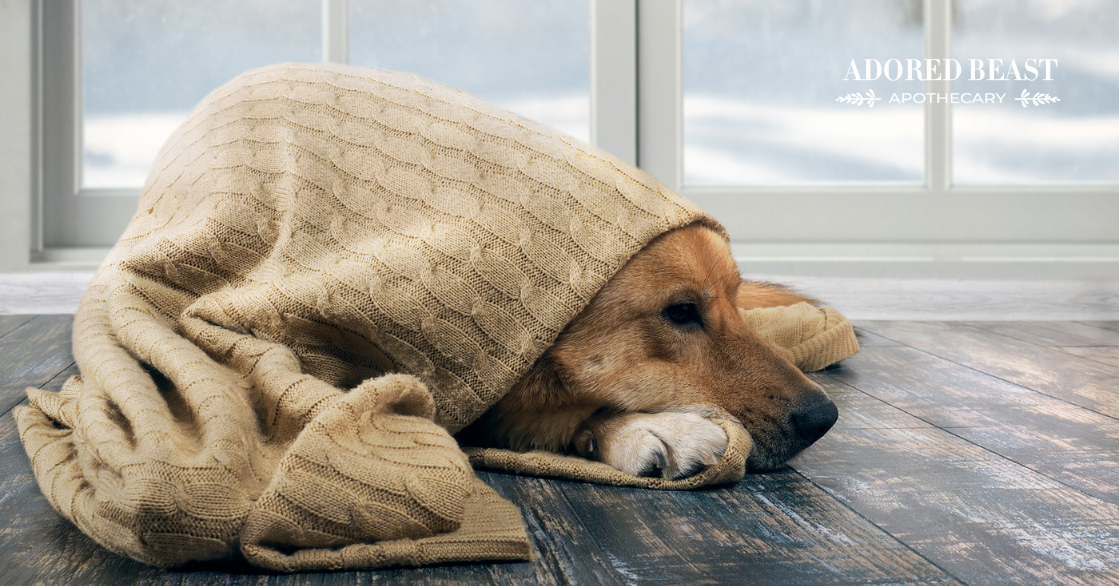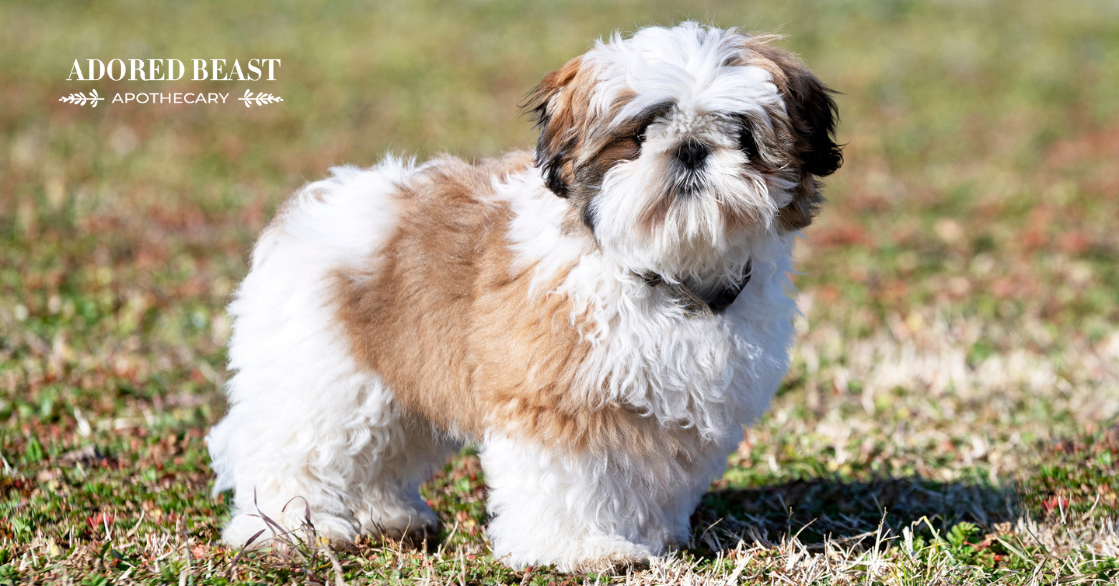Seasonal affective disorder (SAD) is a well-known phenomenon in humans: mood changes, low energy, sleep shifts, and appetite changes that occur with the seasons (usually autumn/winter) as daylight hours shorten. The season can be a bit of a drag for many people.
With our canine companions, the picture is less clear. There’s no definitive proof that seasonal affective disorder in dogs (or other pets) is exactly the same as in humans. However, many pet owners report that their dogs seem more sluggish, moody, or less enthusiastic during the darker, colder months. Some veterinary and animal-care resources refer to this as “doggy depression” or “winter blues.”
So, what causes this slump, and what can you do to bring a little light into your dog’s life when winter blues hit?
What Might Cause Seasonal Affective Disorder in Dogs
Here are some of the likely contributing factors to seasonal affective disorder in dogs:
- Less sunlight/daylight exposure. There’s a reason people who suffer from SAD make sunlight a priority. Sunlight influences circadian rhythms, melatonin, and serotonin levels. When daylight hours drop, a dog’s internal clock can shift, potentially increasing melatonin (making them more sleepy or lethargic) and reducing stimulating signals (serotonin-related) that encourage activity.
- Cold weather and discomfort. When it’s cold, wet, icy, or snowy, both dogs and their parents may be less inclined to go out. Walks may be shorter, less frequent, or more limited. Sometimes it’s just too miserable out for a long walk! That reduction in physical activity can contribute to lower mood or energy.
- Changes to routine. Winter means shorter daylight, possibly different schedules, and more time spent indoors. For some dogs, routine disruption (e.g. less outdoor time, fewer social visits or playdates) can affect mental wellbeing.
- Age, health & breed vulnerabilities. Older dogs, dogs with joint pain (arthritis), or generally less mobile pups may feel winter more keenly. Also, dogs with more susceptibility to anxiety or mood-type behaviour issues may show stronger effects.
- Mirroring their owner’s mood. Our dogs can read our own moods, and many dogs respond to the behaviour, energy, and emotional tone of their human family. If the humans in the home are themselves more lethargic, stressed, or indoors more often, the dog may mirror that shift.
Possible Symptoms to Watch For
If your dog is affected by seasonal mood-changes, you might notice any (or several) of these:
| Symptom | What It Looks Like |
|---|---|
| More sleeping, less energy | Lying around more, slower to respond, less interest in activity |
| Reduced interest in walks / play | Less willing to go outside, less enthusiasm about fetch, games, outings |
| Changes in appetite | Eating more or less than usual; possibly weight gain or weight loss |
| Withdrawal or social changes | Less interaction with family, hiding, being more clingy or more distant |
| More irritability or restlessness | Could be more vocal (barking), anxious behaviours, agitation |
| Behaviour changes inside home | Accidents indoors, chewing / destruction, seeking attention in new ways |
| Mood shifts | Appearing “down,” less playful, less excited about favourite things |
Some of these overlap with behaviour changes from other causes (illness, pain, anxiety), so it’s always wise to rule out physical issues first.
What You Can Do to Help Your Dog
Even though seasonal affective disorder in dogs isn’t scientifically confirmed in the same way it is in people, many of the same strategies for well-being can make a big difference. Here are ideas you can try:
- Maximize daylight exposure
- Walks during daytime hours when there’s natural light (morning or midday).
- Let sunlight into your home (open blinds/curtains). Place your dog’s bed/resting spots near windows.
- If practical, extend outdoor play during brighter parts of the day.
- Keep up physical activity
- Don’t let winter weather derail exercise. Indoor play, modified walks in snow/slush/cold weather (with proper gear) can help.
- If it’s really cold, consider shorter but more frequent outings.
- Provide mental enrichment
- Try some brain games: puzzle toys, scent-work games, treat puzzles, and hide-and-seek with toys.
- Try indoor agility or obstacle-style play.
- Rotate toys to keep interest high.
- Maintain a consistent routine
- Stick to regular mealtimes, walks, and playtimes. Dogs thrive on predictability.
- Try to keep the “structure” of their day similar even if the daylight shifts.
- Social interaction
- Arrange playdates with other dogs (indoors if needed), and consider dog-daycare or supervised indoor play.
- Make time for extra bonding – cuddles, grooming, interactive play.
- Monitor health and comfort
- If your dog has joint issues or is older, ensure they stay warm, comfortable, and that mobility is considered.
- Make sure they have a cozy, warm place to rest, and avoid stressing their joints during cold-weather walks.
- Watch for signs of stiffness on walks, and again, perhaps opt for shorter, more frequent outings.
- Consider light-therapy/bright light options
- Some experts suggest that increasing indoor lighting or using light sources that mimic daylight may help (though evidence in dogs is limited).
- Always check with your vet before investing in equipment or lamps for pets.
While we can’t say for certain that seasonal affective disorder in dogs impacts our animals the same way it does humans, it is clear that winter brings changes – less light, colder weather, shorter days – which can affect their mood, energy, and behaviour. By watching closely, providing enriched indoor and outdoor activity, and keeping a routine, you can help your dog stay happier and healthier through the winter months.












